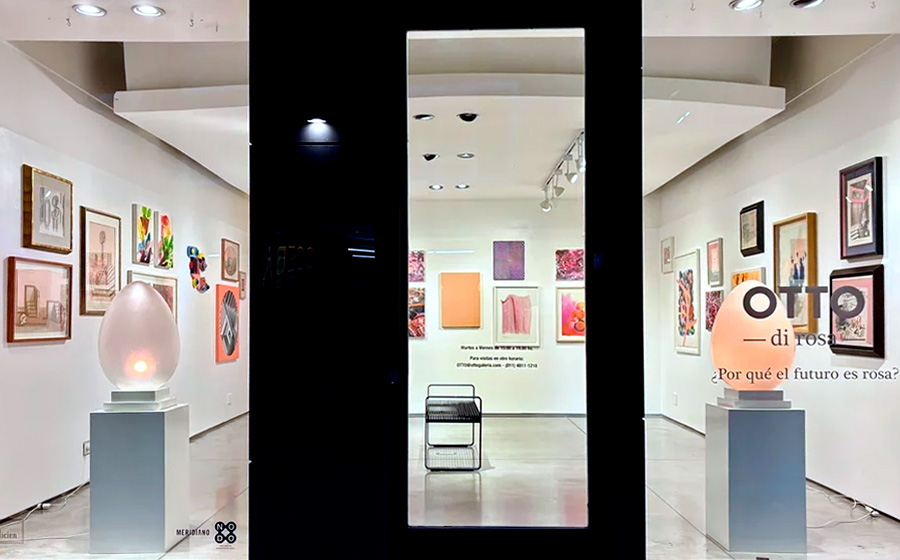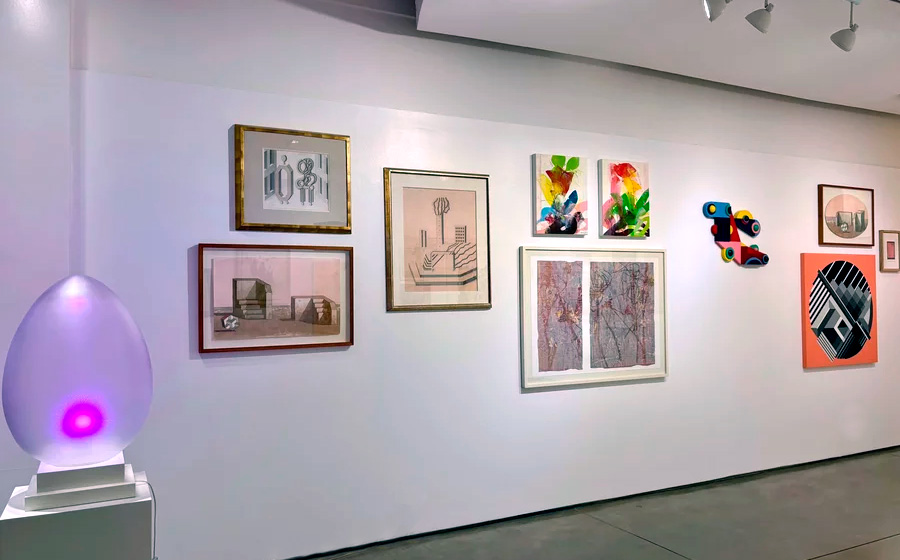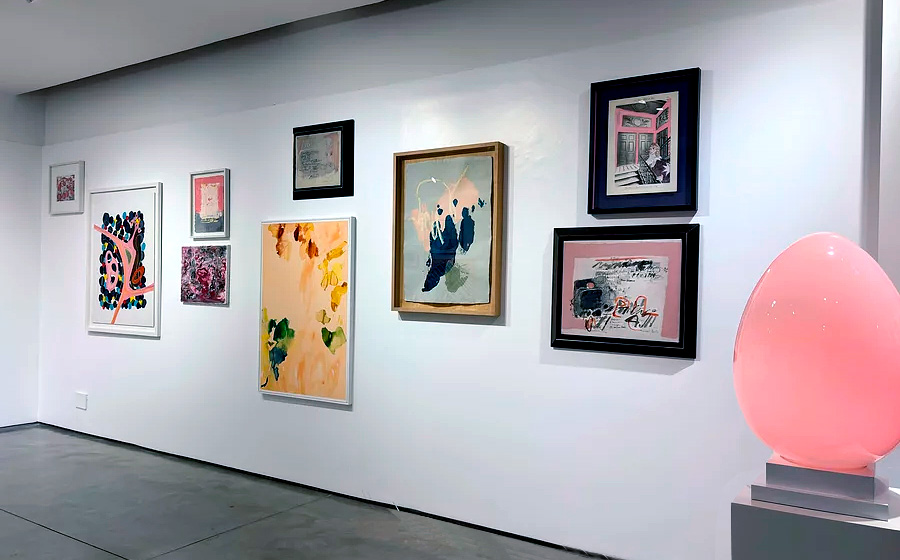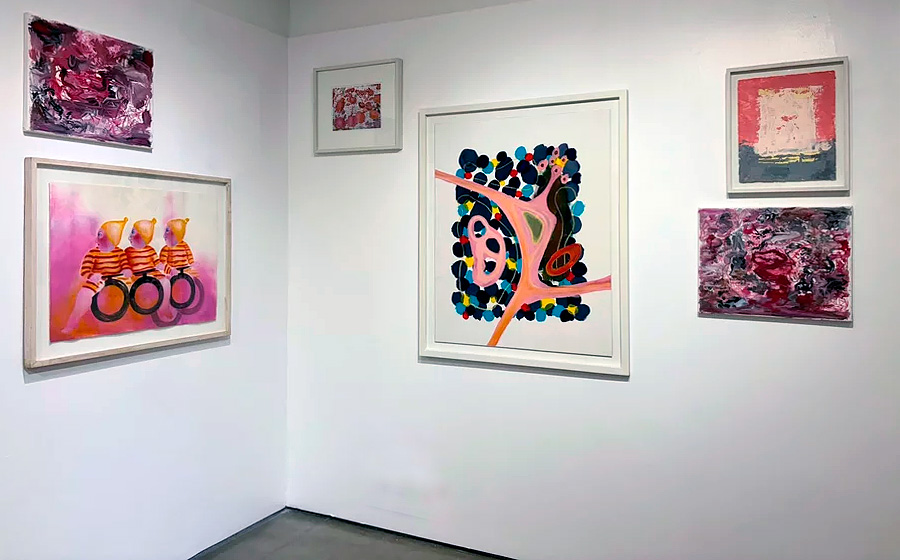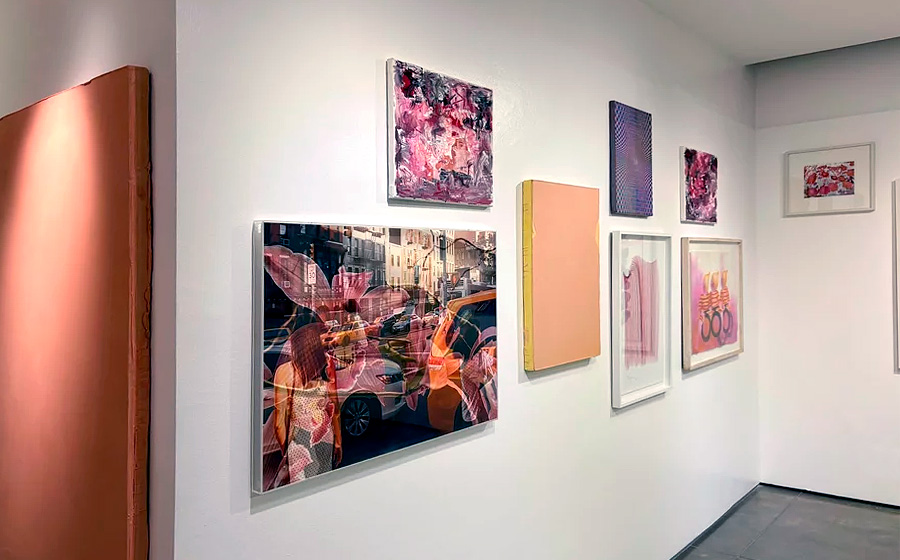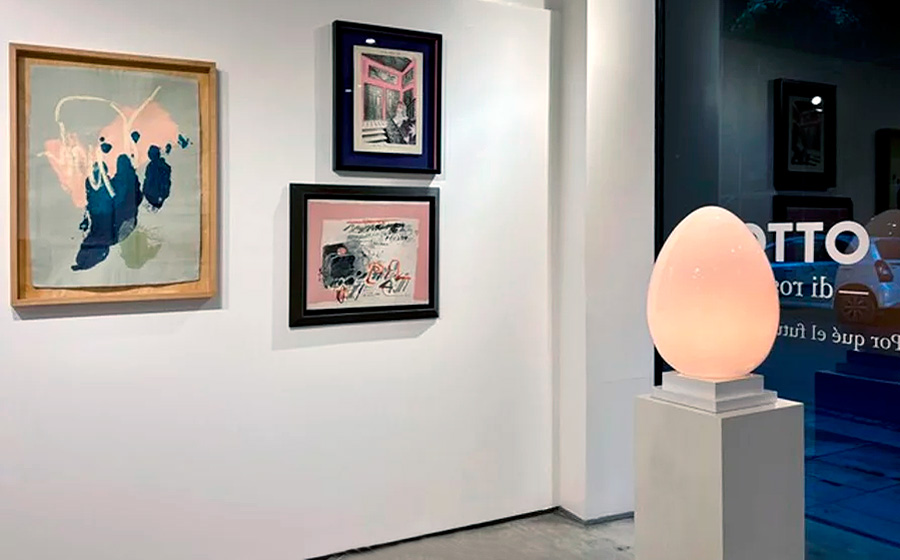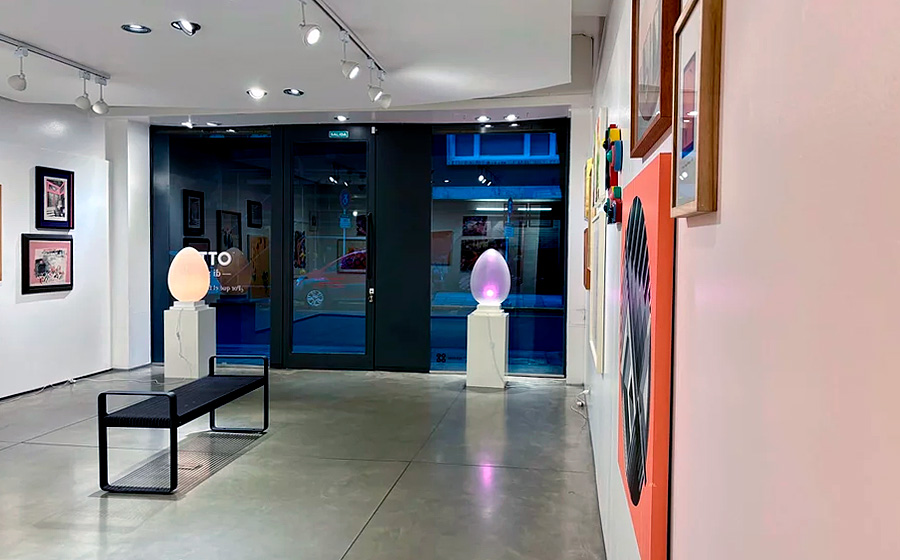OTTO di rosa
AIZENBERG | ARNAIZ | BENGURIA | BORNSTEIN | BRIONES | CANZIO | FRANCO | GRILO | LIZARRALDE | MAGRANE | MARA | MAZA | MENDOZA | SILVA | SISSO | STROOMER | STUPÍA | ZORRAQUÍN
November 13, 2025 to March 30, 2026
Why is the future pink?
Because pink has never been a minor or naïve color. It is excess, artifice, eroticism, irony, and protest. It is childhood and dissidence, Rococo coquettishness and queer rebellion, the hospitality of Jaipur and the melancholy of Japan’s cherry blossoms.
Michel Pastoureau reminds us that pink “was not considered an autonomous color until very late. For centuries it was seen only as a shade of red, without its own identity. It is a culturally young color.” That youth makes it unstable, multiple, unpredictable. The FIT in New York defined it as “one of the most divisive colors: it provokes attraction and repulsion, innocence and provocation, femininity and defiance.”
OTTO di Rosa takes this ambivalence as a starting point. It brings together works in which pink appears as sign, presence, or latency. In established artists such as Roberto Aizenberg, Sarah Grilo, Fernando Maza, Eduardo Stupía, Carlos Arnaiz, Silvina Benguria, and Carlos Silva, pink manifests in historical and poetic registers, charged with memory and depth. In contemporary voices such as Alec Franco, Rebeca Mendoza, Rosario Briones, Dan Stroomer, Lucía Mara, Teresa Magrane, Mane Zorraquín, Mónica Canzio, David Sisso, Bernardo Lizarralde, and Isabel Bornstein, pink unfolds as a vibrant, ironic, pop energy, always traversed by politics and the everyday.
This is not about illustrating a color, but about opening a field of tensions: between sweetness and rebellion, between pop artifice and political density, between intimacy and collectivity. The aristocratic pink of the 18th century, the advertising pink of the 1950s, the political pink of feminist and queer struggles, the kitsch pink of Latin American popular culture: all these genealogies pulse within the works gathered here. In its ability to mutate and reconfigure itself, pink does not decorate: it confronts. It is a prism through which to think the present and project the future.
That is why we say: the future is pink.
Eugenio Ottolenghi with AI assistance
Octuber 2025

